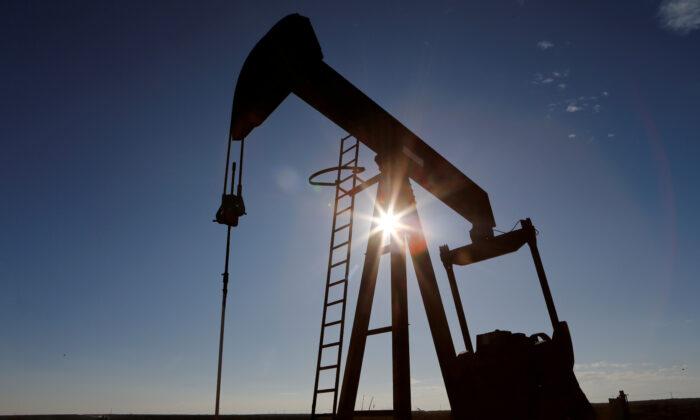The 5.7 mb/d demand increase the agency forecasts for 2021 is set to break records as the fastest increase in crude demand on record.
The IEA sounded a word of caution on the prospects for U.S. producers, however, as American outputs are set to compound forecast 2020 reductions of 0.9 mb/d with a further 0.3 mb/d decline in 2021—unless higher prices can spur fresh investments in shale basins. Output looks likely to be held in check by brimming storage tanks until increasing demand can draw off some of the surplus over the coming months.
CCP Virus Crisis Hammers Demand as Stocks Build
As demand for crude oil dropped and storage facilities filled during April and May, global producers were forced to act, with the OPEC+ bloc (including Russia and Mexico) slashing production and U.S. and Canadian producers shutting in wells as prices tumbled. With global output falling by a massive 7.2 mb/d in 2020, the IEA expects modest supply gains of 1.7 mb/d in 2021 as OPEC+ ease production cuts and suppliers such as Norway, Brazil, Guyana, and Libya increase production.After a global decline of around 18 percent over 2019 levels, refining intakes stabilized at their new lower levels in May and are expected to return to just under 2019 levels next year.

According to the IEA report, the International Air Transport Association reports that 2020 passenger traffic could drop by 55 percent from 2019 levels. “The industry will continue to be a drag on oil demand through 2021,” says the IEA, “with our first estimate showing that, having fallen by 3 mb/d in 2020, jet/kerosene demand will rebound by only 1 mb/d in 2021, leaving it below the pre-crisis level.”
U.S. stocks of crude oil built at a rate of around 1 mb/d in 2020, allowing producers to continue production but seeing prices for West Texas Intermediate (WTI) dip briefly into negative territory in April, as traders feared that storage would not be sufficient.
Senate Committee Hears Impact on Energy Sector
On June 16, Deputy Administrator of the EIA, Stephen Nalley, told the U.S. Senate Committee on Energy and Natural Resources that the most significant declines in American consumption of petroleum liquids had already occurred, and that consumption is set to grow over the next 18 months. He was not as positive on U.S. production, however.“U.S. crude oil production, which reached an all-time high of 12.9 million barrels per day in November 2019, had fallen by 1.5 million barrels per day as of May 2020,” said Nalley. “We expect to see a continued decline in U.S. crude oil production until March of next year.”
The committee had convened a special hearing to examine the impacts of the CCP virus on the energy industry.
“For oil markets, if investment stays at 2020 levels then this would reduce the previously expected level of supply in 2025 by over 8 million barrels a day,” Turk wrote, “creating a clear risk of tighter markets if demand starts to move back towards its pre-crisis trajectory.”
He said the API remains confident that economic recovery and oil demand will go hand-in-hand, and that industry recovery and increases in demand will appear from July onward.
Macchiarola said that the EIA expects demand to recover more quickly than supply. This, he said, “underscores the importance of an energy policy in the United States that allows markets to work and thus helps enable U.S. producers to ramp back up as the economic recovery progresses.”
The IEA remains cautious, however. “The recent improvement in oil prices that saw WTI trading for a few days close to $40 per barrel is not enough to allow a significant increase in U.S. output,” it said, “which in June is estimated to have fallen to 10.5 mb/d, down by 2.4 mb/d from a record high seen in November.”





